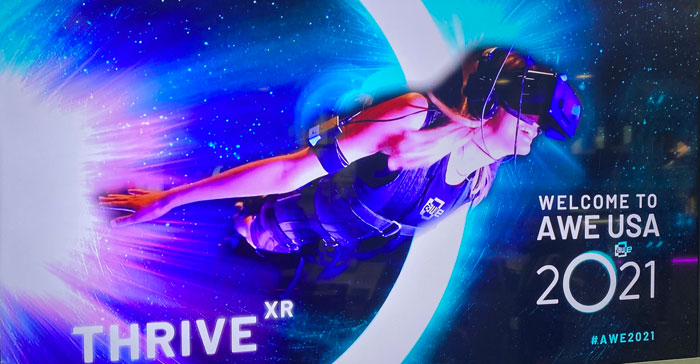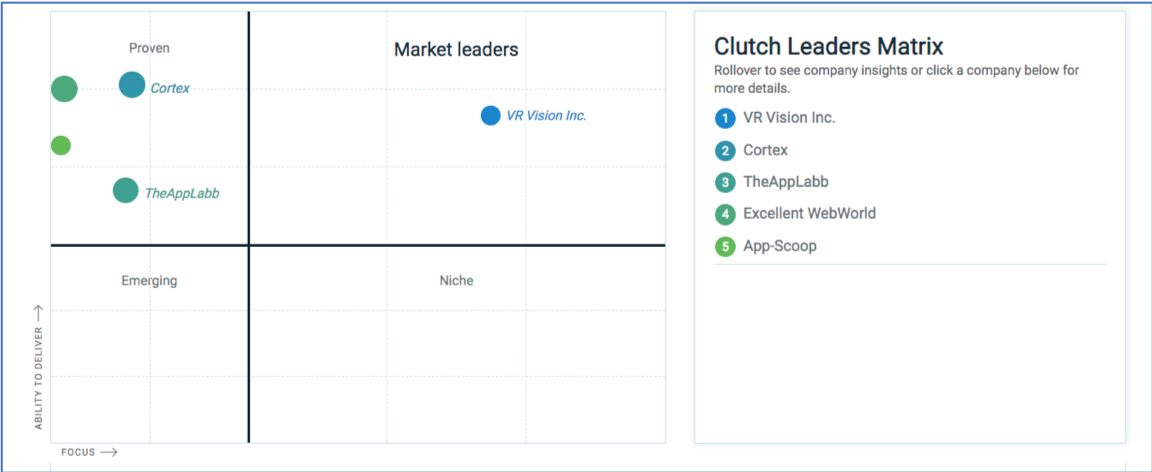Virtual reality has been getting a lot of attention in the entertainment world. However, despite the great efforts that game makers have put into creating experiences that transport players into the video games they are playing, when used in the home, virtual reality is kind of limited. Instead, gamer makers are creating a whole new experience that combines virtual reality and video games in a way that players can really get the most out of what VR games have to offer. Location based entertainment (LBE) is the biggest trend to hit the gaming world, and it’s proving to be the future of virtual reality. What is Location Based Entertainment? Also called “out of home entertainment” and “interactive multiplayer entertainment centers”, location based entertainment is exactly what it sounds like: it takes players out of their homes to a dedicated space where they can enjoy entertainment. Location based entertainment includes a large scale of establishments that are designed specifically for the purpose of entertaining, such as theme parks, water parks, bowling, alleys, movie theaters, and casinos. However, in terms of virtual reality, LBE is usually refers to large arcades and VR theme parks. These are places where people can play high-end, interactive, multi-player video games and enjoy the full scope that virtual reality has to offer. Examples of Virtual Reality Location Based Entertainment In recent years, there has been a huge surge in incorporating virtual reality into location based entertainment. Theme parks and arcades around have introduced some type of virtual reality experience. Some very well-known examples of VR LBE include: Star Wars Secrets of the Empire by ILMxLAB and The Void at Disney World Resort in Florida. This interactive, location based entertainment virtual reality experience, teams of 4 are transported into a life-like Star Wars world, where they are on a mission to recover Imperial intelligence. It’s a multi-sensory experience that truly takes players to a galaxy far, far away. IMAX VR theaters, such as the AMC Kips Bay 15 in New York, completely immerses you in the experience of virtual reality. It offers life-like visual effects, 360 degree sound, and really transports people into highly realistic virtual worlds. The theater offers several experiences, such as Richie’s Plank Experience, where you take an elevator 80 floors high and walk to the end of a plank, and Nickelodeon Slime Zone, where you can get slimed and play with famed characters like Sponge Bob and the Teenage Mutant Ninja Turtles. Zero Latency at the MGM Grand in Las Vegas, immerses players in digital worlds where they can navigate through a 2,000 square foot arena and while completing heart-pumping challenges. Four different 30-minute games are available to choose from, including Singularity, Zombie Survival, Engineerium, and Outbreak Origins. These are just some of the location based entertainment virtual reality experiences that are available. These interactive opportunities seem to be popping up all over the place, and will surely continue to do so in the near future. Why Location Based Entertainment and Virtual Reality Pair Well Location based entertainment and virtual reality seem to go hand-in-hand. But why? – Here’s a look at some of the most notable reasons why the two are paired together: The full scope of virtual reality. While using virtual reality at home can certainly be enjoyable, it is very limiting. Though it can transport users to different worlds, they are essentially confined in the small spaces that are their living rooms, dens, or wherever else they may be using them. The limited space limits the full virtual reality experience. Location based entertainment centers provide much more space for players to move around and become immersed in virtual reality technology. As such, they can really enjoy all the benefits that this technology offers and feel as if they really are in another world. A more immersive experience. There is only so much that virtual reality technology can do when it is used in the home. Despite the efforts of technology manufacturers, there are definite limitations with home-use products. For example, sound systems may have limited capacity. Location based entertainment centers can offer a more immersive experience because they have access to more cutting edge technologies, such as surround sound systems. They can fully integrate the senses and create a more life-like experience for users. More options. Virtual reality technology tends to have a high price tag. As such, many people can only afford a few options. Location based entertainment facilities can provide players with way more options. For example, the Zero Latency VR arena at the MGM Grand in Las Vegas offers players 4 different options, and IMAX VR theaters also provide several different options for users to choose from. With more choices available, players have the option to experience something new each time they play, which keeps the excitement factor high. Of course, another reason why virtual reality and location based entertainment centers pair so well is because they LBE centers allow players to actually get out of their homes. They invite them to interact with other players, have new experiences, and really enjoy a unique experience that they wouldn’t be able to have in their homes. The Future of LBE and VR The future of virtual reality and location based entertainment looks bright. There are already many different opportunities available to enjoy the immersive technologies of virtual reality, and many companies are investing large sums of money into opening new locations where visitors can experience virtual reality at its fullest. For example, HTC has invested a substantial amount of money into LBE VR, and Two Bit Circus has raised millions of dollars to launch what they call a “micro amusement park” that will feature virtual reality. Summing it Up Location based entertainment and virtual reality have come together to create truly one-of-a-kind experiences for users that launch them into other dimensions. It’s safe to say that we will continue seeing LBE and VR coming together even more in the future.












